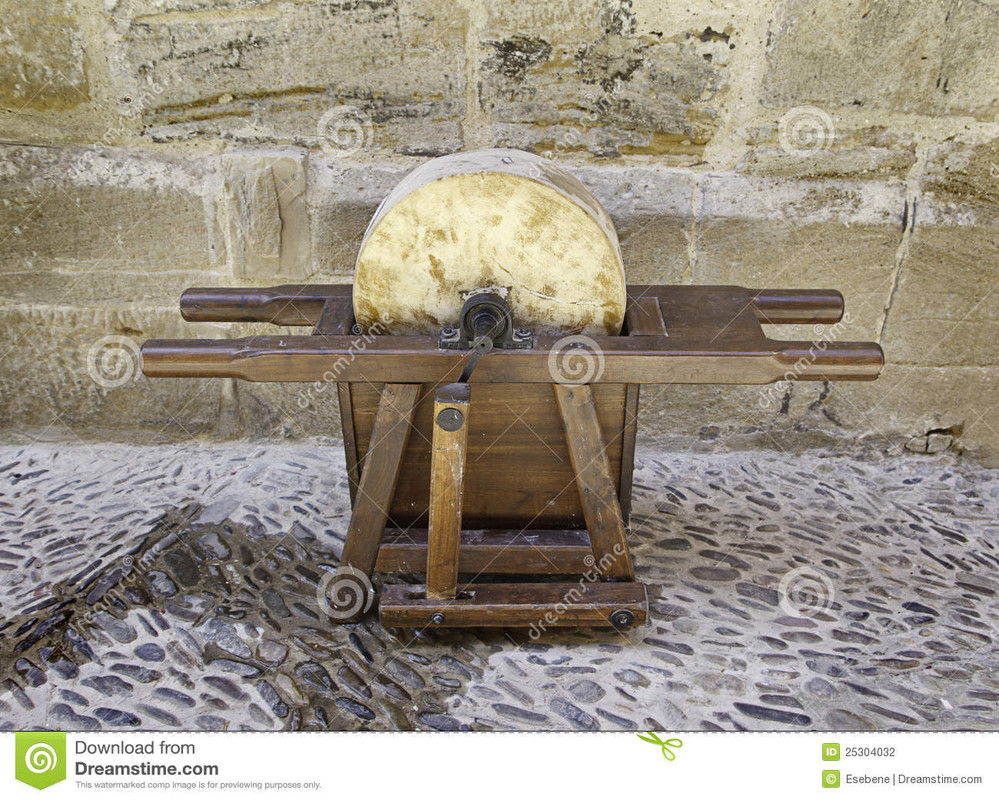Fire King
Gold Member
- Joined
- Sep 1, 2020
- Messages
- 343
When I was growing up we had a property that the family gardened on and my dad was a wheeler dealer so stuff was always coming and going, cars, bikes, tools, dogs, cats - you name it. We fixed most anything that broke or needed repaired. My father had a sharpening stone that sat on the bench that was maybe 4” x 10”. If a knife or hatchet or whatever was dull we just sharpened it on that stone. There was not water or other complications. He would put a drop of oil on it occasional. There was an old leather barber strap attached to the wall next to it. That was it. It wasn’t complicated and it worked. The stone was on an old oak base and we would flip it over sometimes but both sides were the same. This setup just worked. For everything. One stone. Stuff stayed sharp. It will cut.
Now everything has been conflated. We need this to do that, we need water, we need diamonds, we need grit progressions. We have super steels. It makes ones head explode. I just want to sharpen stuff. I want to cut stuff. Call me uncouth.
What is the modern day equivalent of this setup?
Now everything has been conflated. We need this to do that, we need water, we need diamonds, we need grit progressions. We have super steels. It makes ones head explode. I just want to sharpen stuff. I want to cut stuff. Call me uncouth.
What is the modern day equivalent of this setup?

